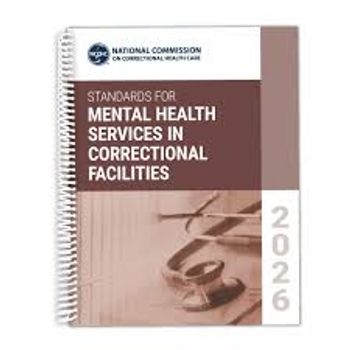
|Slideshows|November 7, 2019
Zen and the Art of Documentation
Author(s)James L. Knoll IV, MD, Jarrod Marks, MD
Lawyers tend to be good at spotting unexplained inconsistencies in documentation. Take these steps to protect yourself.
Advertisement
Newsletter
Receive trusted psychiatric news, expert analysis, and clinical insights — subscribe today to support your practice and your patients.
Advertisement
Latest CME
Advertisement
Advertisement
Trending on Psychiatric Times
1
Competence and Compassion in the Reiner Family Tragedy
2
Cobenfy for Treatment of Schizophrenia Now Approved in China
3
FDA Recommends Additional Phase 3 Trial for Brilaroxazine for Schizophrenia
4
Acute Sleep Medications for Professional Athletes
5















